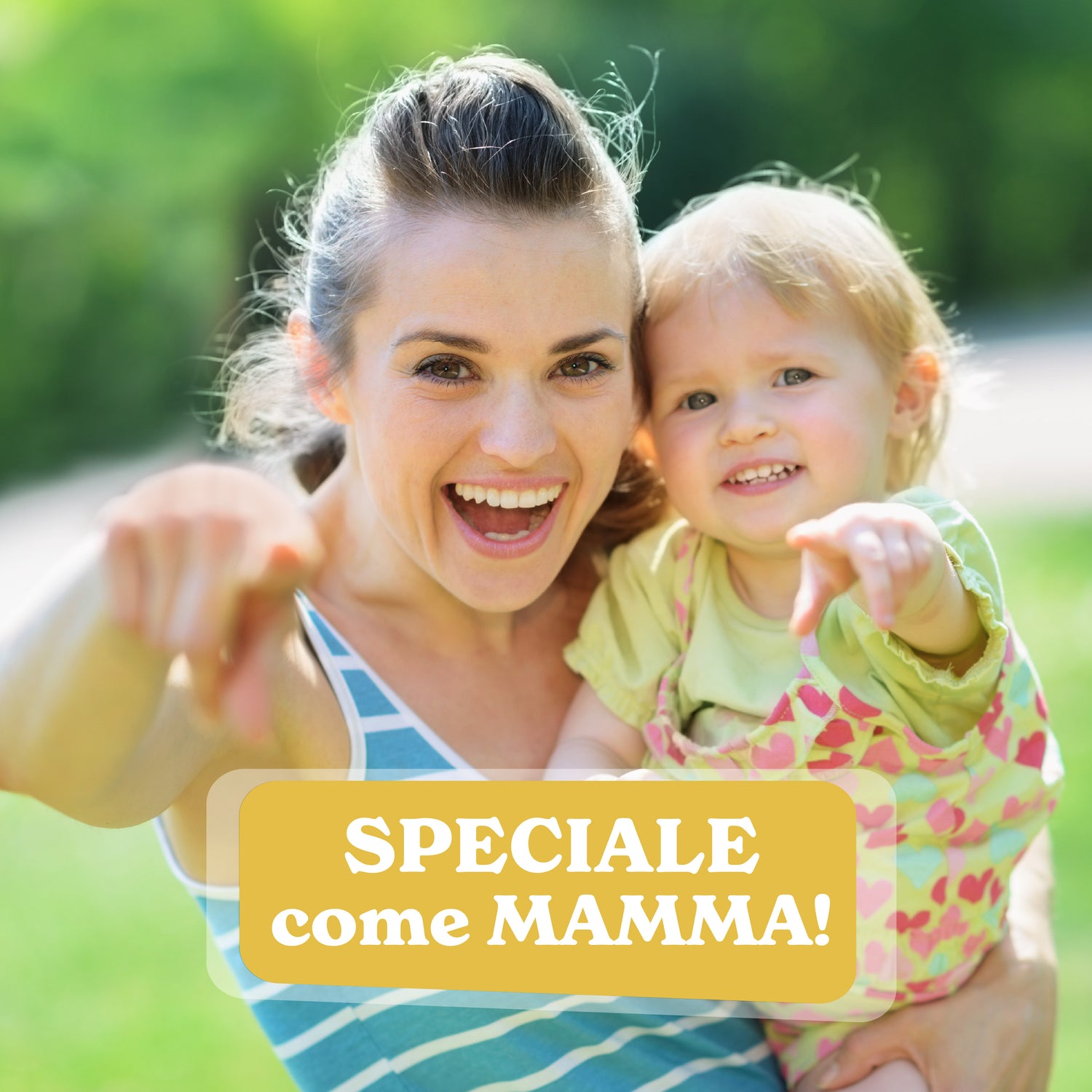
For the newborn, the cuddle - the hug, the caress, the sweet whispered word, the lullaby in the mother's arms - should be the first form of contact with the world : the viaticum with which to face the delicate transition phase from uterine environment, muffled, collected and safe, to external reality. This is why, immediately after birth, it is always advisable to place the newborn on the mother's body : not only to satisfy a very natural maternal desire, but also so that the baby, first of all, perceives the heat, the breath, the of the heart, the smell, the voice of his mother. But even later - and then, in different forms, throughout life - the child feels the need to establish relationships based on intimacy, body and emotions . That is, the elements through which, on the one hand, a kind of special and very deep attachment is created between mother and baby – overseas it is defined as bonding – and, on the other hand, safety and protection are instilled in the child, making him less frail or vulnerable and facilitating his maturation process.
 MORE CUDDLES = LESS STRESS
MORE CUDDLES = LESS STRESS
Research says so published in 2009 by the Eunice Kennedy Shriver National Institute of Child Health and Human Development (Nichd). The study, conducted on a thousand children subjected to observation from infancy to adolescence, demonstrated that the lack of pampering and parental attention may be responsible for an increase in cortisol – or stress hormone – in children. Typically, cortisol levels are quite high when you wake up, then drop naturally throughout the day. In less pampered children, on the other hand, the opposite occurs: low cortisol levels in the early morning and an increase in the evening hours, according to an inverted process that could underlie the stress experienced by children even in the years to come, especially as adolescents. Hence, according to the researchers, the attention and pampering received in the first three years of life would be key factors for a healthy and serene development.
IS THERE A TIME FOR CUDDLES?
Not really. If you feel like it, if the little one wants it, if you simply feel that it is through physical contact that you can transmit to your newborn child all the strength and depth of your love for him, then pamper him. Which does not mean - for those refractory to cuddles - resorting to who knows what sequence of fuss: anything can be a cuddle , if it is done with the right amount of warmth and sweetness. The simple and indispensable attentions are pampering that mom and dad address to the child in caring for him, and that strengthen the mutual bond. Fairy tales are pampering that are read in the evening, the songs that are whispered to put him to sleep, the daily bath, the walks in the baby carrier . Feedings are pampering at the mother's breast, through which the child receives double nourishment, milk and pleasant reassurances; but feedings from the bottle are also pampering, if while the baby suckles you wrap him gently in your arms and look into his eyes smiling.
FREE TO HUG 
Children are affectionate by nature, deeply social towards the people who take care of them on a daily basis, always looking for contact : they are enthusiastic and they throw themselves at us, they are desperate and they do the same. They can be incredibly exuberant and capable of expressing a surplus of emotion; nevertheless, they should never be held back in their emotional outbursts, never shunned or considered excessive. On the contrary, it is right that the child who is embracing hugs very tightly , that his caresses are ten and insistent (on the eyes, on the hair, on the nose…) and not two fleeting touches; it is right that the child is free to physically manifest joy, pain and fear, and therefore requires contact with the people who make up his emotional context. Don't worry, he won't become a 'mammon' because of this: he will rather be a child who is more aware of the love received, more secure.
MASSAGES: CUDDLES TO THE NEXT POWER
Children love to be massaged: the touch of the hands reassures them, consoles them, communicates love. In the West infant massage has only recently been introduced, but in many other countries he cultures of the world, especially oriental , have been practiced for centuries. On the other hand, the teaching comes from nature: most female mammals spend their time licking their puppies, which, like a massage, not only stimulates the physiological system but also serves to create a deep bond between mother and little ones. Even for man puppies the benefits are remarkable: the massage helps regulate breathing and the sleep-wake rhythm, improves circulation , strengthens the immune system, relaxes the muscles , stimulates the production of endorphins, counteracts colic. Furthermore, on a psychological level, it promotes non-verbal communication , creates a special intimacy between parent and child, calms and relaxes the most agitated children, increases self-esteem and security , limits stress and helps to deal with moments of detachment (entering the nursery , back to mum's work…). The ideal is to set a timetable for the massage, so that this special pampering becomes a sort of small daily ritual.
By Sara Lanfranchini . Taken from the magazine Nascere Mamma | Ed. Winter


